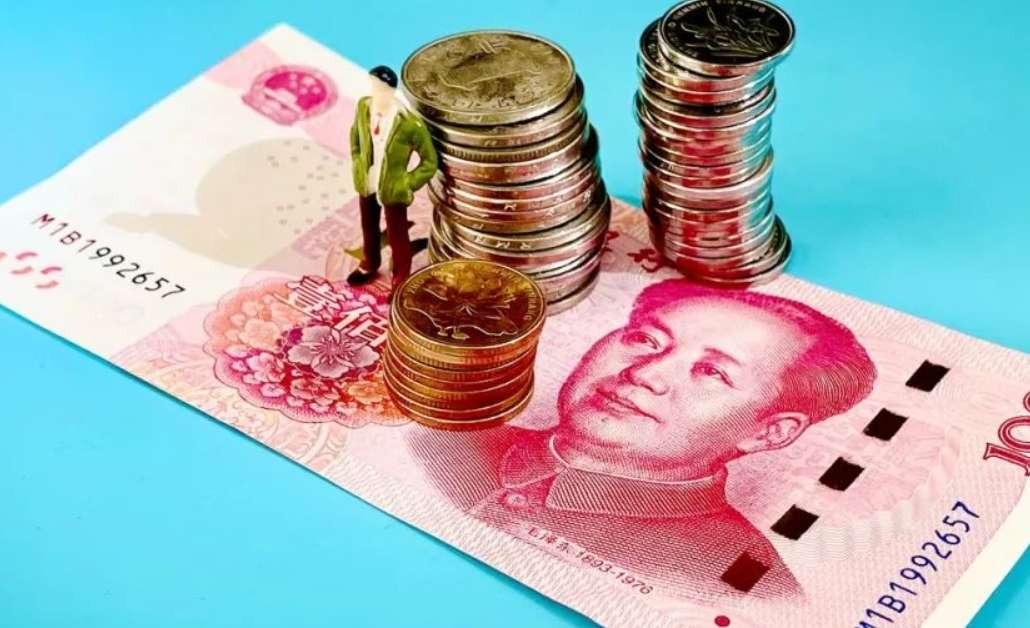Renminbi’s Rise: What’s Driving It?
Advertisements
- December 23, 2024
- Savings News
- 470
The dynamics of currency exchange rates often reflect broader economic sentiments and shifts within the global financial landscape.Since August,there has been a noticeable appreciation of the Chinese yuan (RMB) against the US dollar,marking a significant trend that analysts and economists are keenly observing.As of September 3,2024,the People's Bank of China declared the central parity rate of the yuan at 7.1112 to 1 USD,which highlights the currency's robust performance amid various pressures both domestically and internationally.
Market experts attribute this rise in currency value to a confluence of internal stability and external economic factors.Domestically,the strengthening fundamentals of China's economic landscape have made RMB-denominated assets more appealing.This trend has encouraged both local and international investors to place greater emphasis on the yuan,thereby increasing its valuation.Internationally,speculations surrounding potential interest rate cuts from the Federal Reserve in the United States have also contributed to the yuan’s strength.Given the complex interplay of these factors,it becomes evident that the RMB's exchange rate will likely continue to fluctuate based on both domestic economic policies and global financial strategies.
The recent downturn of the US dollar index can be primarily traced back to few pivotal events.One key occurrence was the unexpected decision by the Bank of Japan to reduce interest rates at the end of July,prompting a wave of yield-seeking trades that favored the Japanese yen,whose value soared against the dollar.Coupled with the waning inflation in the US,market analysts are observing significant pressures in the US job market which suggest that a decrease in the Fed’s interest rates might be on the horizon.Furthermore,the Eurozone has seen a stagnation in its inflation decrease,which has weakened expectations for the European Central Bank to reduce rates,consequently leading to a rise in the euro against the dollar.Since both the euro and the yen contribute significantly to the dollar index,their relative strength has played a crucial role in lowering the dollar’s comparative value.
In the shorter term,while the influence of the yen carry trade unwind may be diminishing,the prevailing sentiment around further interest rate cuts by the Federal Reserve remains a potent factor in shaping market expectations.According to analysts,as we approach the Fed's meeting at the end of September,the dollar index is likely to remain under consistent pressure,though with the recent decline in value already substantial,breaching the 100 mark appears unlikely in the immediate future.
The yin and yang of global finance is further illustrated in transactional data.For instance,as reported on August 22,RMB stood firm as the fourth most active global payment currency in July,accounting for 4.74% of international transactions.This marks the ninth consecutive month that the RMB has held this position.A notable shift was observed,with payments in RMB surging by 13.37% compared to June,while the overall currency payments grew by 10.29%.Additionally,the RMB achieved a 6% share in cross-border trade financial transactions,surpassing the euro's share of 5.83%,trailing only behind the US dollar.
Furthermore,the National Administration of Foreign Exchange (SAFE) highlighted a positive trend in cross-border capital flows in July,showcasing a robust support system stemming from key inflow channels including goods trade.Notably,bank transactions for foreign-related revenues increased by 9%,alongside a 7% uptick in expenditures,reducing the balance deficit significantly by 41%.This period also coincided with a rapid expansion in China’s foreign trade, providing a historical peak in net inflows from cross-border capital.
providing a historical peak in net inflows from cross-border capital.
Experts place considerable emphasis on China’s stable economic growth and high trade surplus as key determinants in bolstering the yuan's valuation.With continued efforts to stabilize economic growth,the results of such policies have begun to manifest positively.As macroeconomic conditions remain resilient with projections of domestic GDP growth hovering around 5% in the latter half of the year,it forms an intrinsic support for the yuan's exchange rate.
So,what lies ahead for the RMB in terms of its appreciation potential?Li Liuyang,Chief Analyst of Forex Research at CICC,suggests that in the short term,there is a possibility of significant appreciation driven by concentrated demand for settlements.However,the long-term trajectory appears tied very much to ongoing international economic dynamics,specifically how changes in Federal Reserve policies interact with shifts in interest rate differentials between China and the US,not to mention the prevailing risk appetites in overseas markets.
Moreover,Zhou Maohua,a macro-researcher at Everbright Bank,has also raised concerns about potential volatility.Given the fluctuations in US economic data and signals from the Fed regarding interest rate cuts,there has been increased skepticism among investors regarding the stability of the US dollar.This has facilitated a noticeable climb in non-USD currencies,including the RMB.The past month has indeed witnessed tumultuous conditions across global financial markets,presenting new risks that investors must cautiously navigate to mitigate impending challenges ahead.
Leave a Comment